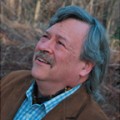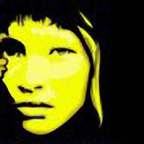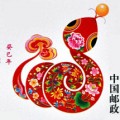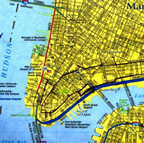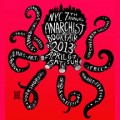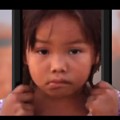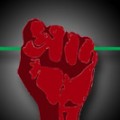A WALK AND TALK ABOUT WHO OCCUPIED WALL STREET
BEFORE 1491 AND HOW NATIVE AMERICANS
CAME TO BE EVICTED FROM THEIR “ROCKY ISLAND”
With Evan T. Pritchard, author of Native New Yorkers, No Word For Time
and Henry Hudson and the Algonquins of New York

MONDAY, COLUMBUS DAY OCTOBER 8th, 11:00 A.M.
Join renowned author Professor Evan Pritchard (Vassar/Marist/Pace) as he explores the long and sometimes tragic history of lower Manhattan from a Native American perspective. Meeting at 477 FDR Drive (at Grand Street) at 11 AM, Columbus Day, Monday, October 8th, we will be drawn towards Corlears’ Hook as we discuss the massacre which occurred there, then traveling the Corlears’ Hook Trail we cross the famed Tulpehoken (“Turtle Island”) Trail (at Indian Overlook) and learn why it was the backbone of the Algonquin world. After a brief discussion of Algonquin whaling techniques at Fulton Street, we will speculate on whether or not the mastodons had a role in creating the Mohican Trail (now Broadway) as we walk to the place where the Dutch built a wall to keep the Kapsee Indians out of their own village, which the Dutch were occupying until the British invaded. We will learn how British subjects in 1775 captured and occupied City Hall at Wall Street (500 feet from Zuccotti Park) in protest of high taxes. Pritchard will discuss the significance of the First Peach War as we gaze upon the river landing where Hendrick Van Dyke shot a woman chief of the Munsee as she was eating a peach, starting a series of wars, the same site Henry Hudson had twice landed in 1609, 46 years earlier, now known as The World Trade Towers site. We will head back and conclude at 3 PM regardless of our location.
$25 per person, suggested donation, RSVP required.
Email evan.pritchard7@gmail.com, or kmandeville@webjogger.net.
Call Kathleen at (845)417-5430 or Evan at (845)266-9231 to register.

